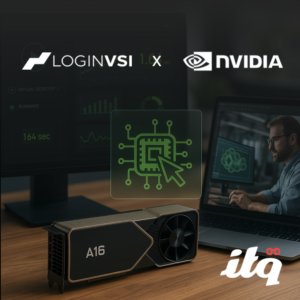At VMworld Barcelona, VMware has announced vRealize Automation version 7. This version will be a big step forward fom the current 6.x version. The first improvement I would like to mention is the majorly simplified installation procedure. Before we dive into the details of the new features, first a short overview of vRA en why one actually needs such a management tool.
Software Defined
The foundation of every new IT environment is made up of at least three Software Defined components: Software Defined compute (a.k.a. virtualization), Software Defined Storage and Software Defined Networking. Software Defined simply means the functionality has been fully implemented in software and can be deployed on general purpose hardware. This way, Software Defined Networking is eliminating the need for physical routers and Software Defined Storage is making separate storage solutions redundant.
But Software Defined also means we can define the functioning of these components via software. No human interaction is required with these systems for their configuration. Instead, there is a central component through which administrators can define who gets to use how much of what. Then, a datacenter end user can request and receive services from the SDDC by means of a service catalog.
VMware vRealize is such a central component, which merges the three software defined components of a datacenter to a Software Defined Data Center. vRA offers Data Center users a clear, organized service catalog and administrators the ability to define policies and allocate permissions to users. This way, end users gain autonomy while the IT department stays in control, making sure security and compliance requirements and standards are met.
VMware vRealize Automation 7
As mentioned earlier, VMware announced a new version of vRA during the keynote of VMworld Europe 2015. This release brings to the table a more mature integration with other VMware products, like the Software Defined Networking product NSX. The new blueprint designer allows us to compile services in a visio-like manner, without differentiating between types of blueprints. A service might simply be a single Linux machine, but also a complete multi-tier application including networks, firewall rules and load balancers. This service may then be offered as a whole in the service catalog. The moment an end user requests the service, all components will be created in the SDDC in real-time.
vRA 7 also offers a lot more possibilities for so-called extensibility. This means it is now easier to integrate vRA with external systems, for example to let approval of requests go through ServiceNow or to request IP addresses using an IPAM system. This extensibility is separate from the blueprints and is managed by the SDDC manager, not the blueprints designer.
Lastly, the functionality formerly known as AppServices will now be fully integrated into vRA 7. This means vRA will be able to install software onto machines that are provisioned by vRA. This functionality is integrated with the blueprint designer; supplying a server with tomcat, for example, will be as easy as dragging the tomcat service over the machine in the blueprint designer.



